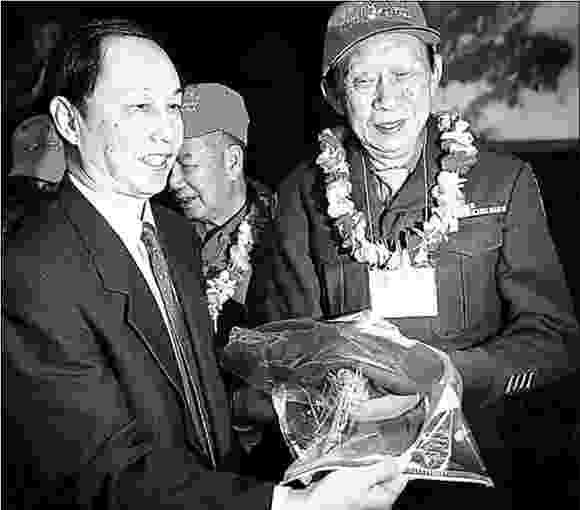Flying Tigers return 'home'
Updated: 2007-11-16 07:38
GUANGZHOU: They ruled the skies at the time, gnashing enemy aircraft to bits with their familiar shark-faced planes.
They were the Flying Tigers, a formidable force of volunteer fighter pilots who struck fear into the Japanese invaders, giving hope to American forces at a point in World War II when they needed it most.
|
|
For James Bok Wong, it came as no surprise that almost 90 percent of the Flying Tigers were Chinese-American.
For the 80-year-old, who now lives in Los Angeles, California, it was a fitting homecoming Thursday, when he touched down at Guangzhou, Guangdong Province, with 10 other veterans of the fighting unit and dozens of their family members.
Wong recalls being the youngest pilot of the Tigers.
"I decided to join in the Flying Tigers team when I was only 16," Wong told China Daily in fluent Cantonese.
"I wanted to beat back the invaders who occupied my hometown."
Wong was born in Guangzhou and spent 12 years in the city. In 1939, the Japanese invaders attacked the place he and millions of other civilians called home.
Wong and his family had to leave for the United States to avoid the war.
Two years later, the Flying Tigers were formed by retired US air force general Claire Chennault.
Its squadrons proved deadly against the enemy and the Chinese government then appealed for more of the fighters.
Wong answered the call and spent a few months learning how to pilot a fighter plane.
He flew across the Atlantic and Indian oceans, finally arriving in Kunming, Yunnan Province, to face the enemy.
The Flying Tigers he knew then had only a few dozen planes and a few hundred soldiers. Undaunted, they took down 2,600 planes and killed 66,700 troops. Only 24 Tigers died in the war.
In June 1946, the air force was dismissed and the airmen embarked on their new lives.
"But the memory of our time in China has never faded. We always wanted to come back to see our home country again," Wong said.
Yesterday, the veterans also brought back items used during the war to the Guangdong Overseas Chinese Museum.
Their personal effects included military uniforms, pictures and badges.
The retired flyers also donated $15,000 to Guangdong's education fund.
|
|
|
||
|
||
|
|
|
|
